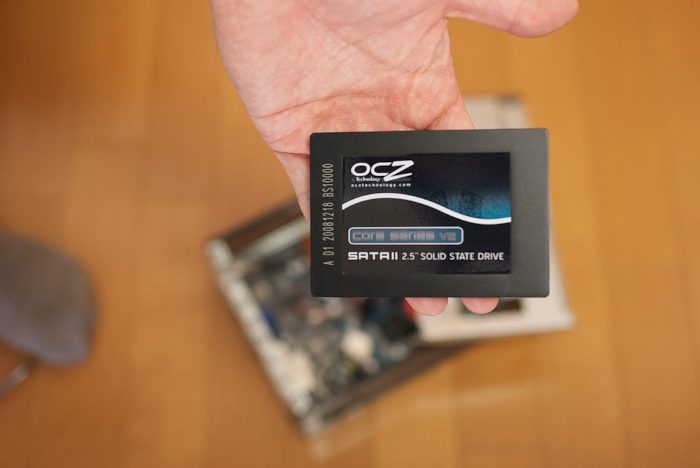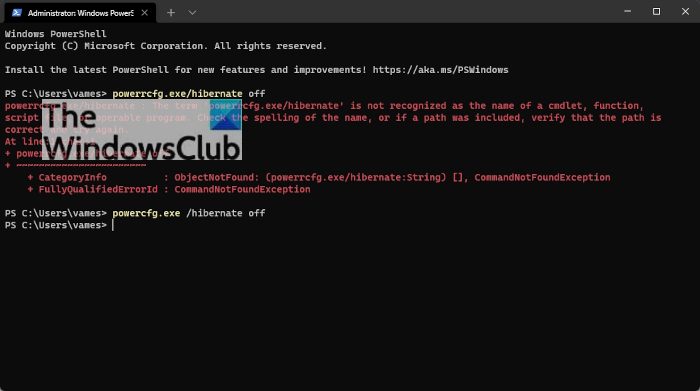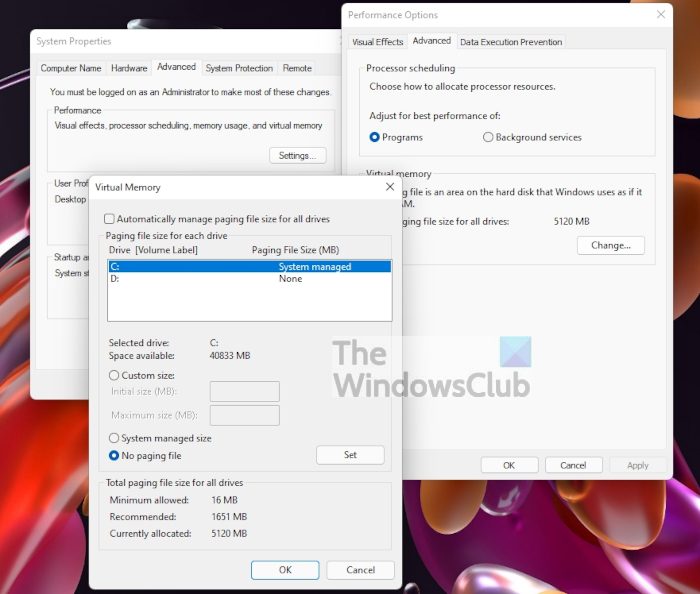In this post, we will discuss ways to protect your Solid State Drive to make it last longer. SSDs are quite hardy but they still need tender care. People are slowly moving away from HDD (Hard Drives) to SSDs (Solid State Drives) and for very good reasons. You see, an SSD, while more expensive than a typical mechanical Hard Drive, is faster and more power-efficient. Think of it as a bigger version of an SD card because both work in similar ways.
Now, because SSDs are still fairly new to the computer scene, many users do not know how to take care of such drives in a bid to expand their lifespan. Not because SSDs do not have moving parts, thus making them harder to malfunction, that doesn’t mean they are without their share of problems. We still suggest users must take. precautions, some of which we will discuss in the information laid out below.
How to protect Solid State Drive and extend SSD life

Protecting your SSDs will take effort, but nothing you cannot handle by yourself. For those who want to fully understand, then the information here should help a great deal.
What is the difference between SSD and HDD?
Hard drives are based on legacy storage technology that relies on spinning disks to read and write data. Solid State Drives, on the other hand, are faster and more power-efficient when compared to Hard Drives. Furthermore, it uses integrated circuit assemblies to store data persistently, hence no moving parts.
How long will an SSD last?
Here’s the thing, SSDs in many ways is a form of flash-based storage, therefore, all reading, writing, and erasing of data is done electronically. Now, because these drives are non-mechanical, users must look out for a few problems.
For example, they can only handle a certain amount of reading and write cycles before they break down and die. But not to worry, the typical SSD can handle around two petabytes of data before showing signs of deterioration.
Read: Bad Sectors on HDD and SSD: Introduction and Repairing
Power outages can hurt SSDs
Power outages have long been a bane to computers and drives, and an SSD is no different here. If you are not careful, an outage could render your SSD useless, or you could lose data if the power cuts while you were writing data to the drive.
The best way to avoid such a problem is to ensure your computer is connected to a UPS or uninterruptible power supply. If you weren’t aware before, a UPS is similar to a surge protector but with a large enough battery to keep your computer powered for just a few minutes.
Additionally, a power surge can also cause damage to your drive, which is why you may want to invest in a surge protector.
Read: Do you need to defrag SSD?
Stay away from high temperatures as they can damage SSDs
When it comes down to hot and cold temperatures, an SSD is hardier than an HDD, but being better doesn’t mean these drives are immune. Extreme temperature can cause problems if the SSD is sustained to this for extended periods.
This shouldn’t be a problem for most home users, however, business users are more likely to be affected since their computers run for hours or 24/7 in many instances.
Still, home users with laptops who play video games or run any program that heats up the system may want to consider purchasing a cooling pad to keep temperatures as low as possible. They are relatively cheap on Amazon, eBay, etc.
Read: Fix Slow SSD Read or Write Speed on Windows
Avoid filling your SSD with data
Ever heard of something called Wear Leveling? It’s a rather interesting piece of technology that allows your computer to write equally to all available spaces on your drive. From what we have come to understand, this will keep the storage cells inside of the SSD from wearing out faster when compared to others.
However, there’s a caveat to this, you see. Wear Leveling is only capable of working on cells that are opened, therefore, if a cell is already being used for storage in the long term, then the drive will be forced to reuse other cells whenever it needs additional space, and this will likely increase the read-write cycles much faster.
What to do? Well, your best bet is to delete unused files or move them to an external hard drive.
Read: Enable TRIM support to make your SSD or Solid State Drives run at optimal performance.
Disable hibernation on SSD

Hibernation is a great function, but the way it works can place stress on your SSD due to constant reading and writing. So how can we stop this if you are currently using hibernation? Well, you will have to disable it once and for all.
To do this, you must open Windows Terminal by right-clicking on the Start Menu button, then select Windows Terminal (Admin). From there, copy and paste the following:
powercfg.exe /hibernate off
From there, hit the Enter key and that’s it, hibernation is off. If you want to turn it on, use the same command but instead replace off with on.
Read: Should you Enable or Disable SysMain & Prefetch for SSD in Windows?
Are you using Page Files on SSD? Disable it

If you have the Page Files feature enabled, then you are causing a lot of problems right now for your SSD.
To begin, click on the Start Menu button, then type Advanced System Settings. From there, select the option that reads, View advanced system settings. This should reveal the System Properties menu. Please click on Advanced > Settings, then Advanced again.
Finally, select the Change button and be sure to deselect Automatically manage paging file size for all drives. From there, select No Paging File > OK, and that’s it, you’re done.
Read: What happens if you defragment a Solid State Drive?
If you protect your SSD as stated above, then you should gain optimal performance more often than not, and for a longer time as well. We also suggest complimenting your SSD with an HDD for storing long-term data.
What is the lifespan of SSD?
The lifespan of an SSD will vary because in most situations it all boils down to how the drive was used. However, a recent study has put the lifespan of SSDs at around the 10-year mark, which is not bad by any means. Despite that, the same study states the average lifespan is shorter, and this is likely due to a lack of proper care.
Read: How to check SSD Lifespan on your Windows 11 computer.
Is a Solid State Drive better than a Hard Disk Drive?
In many ways, SSDs are faster, more durable, more compact, quieter, and consume less energy. However, HDDs are cheaper to attain, and when it comes down to data recovery if the drive is damaged, HDDs are usually better here.
Read: Warning signs that tell if your SSD is failing in Windows
Can I put an SSD in my old computer?
The answer to that question is a resounding yes. Many computer users have decided to go down this route and with impressive results to boot. So with that said, we suggest that you try it out right now or whenever you can.
Read: GPT or MBR: Which format should you use for a Solid State Drive (SSD)?